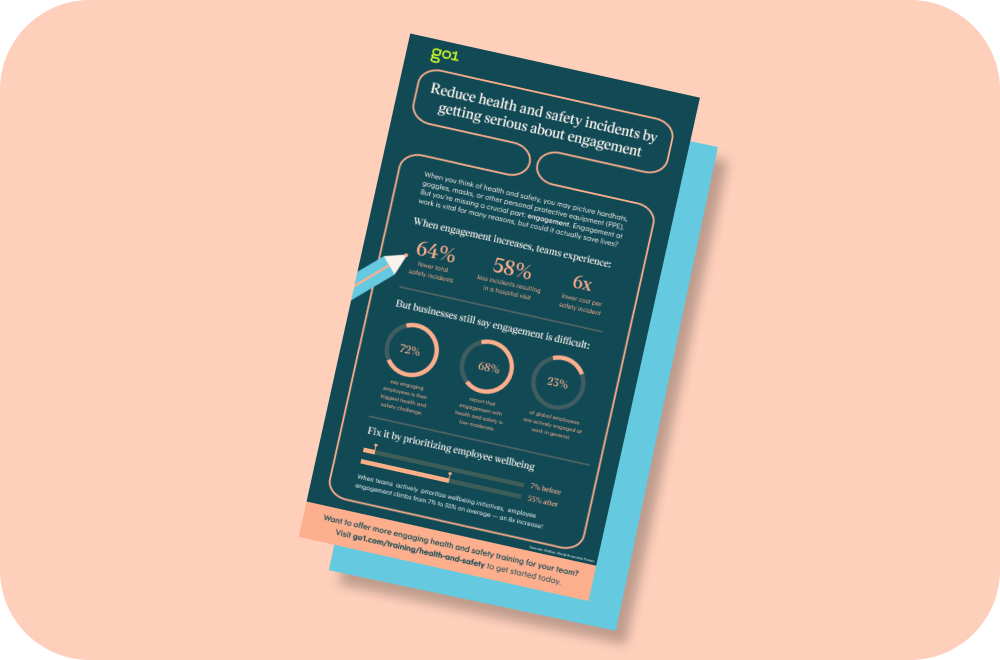
What changes could virtual reality bring to your workplace?

With virtual reality becoming more prevalent in our everyday lives, many questions are being raised about the effects this form of technology will have on society. One of the most exciting aspects of VR is its potential to bring changes to the workplace, as work environments become more online.
Many industries are now beginning to consider the possibilities of using virtual reality for their employees. By using VR glasses and connected software, workers can be safely immersed in generated situations – situations that feel a whole lot more ‘real’ to the user than simply watching them on a screen. These generated situations, or scenarios, have the potential to bring positive benefits to both employers and workers, increasing employee performance and improving business processes.
When implemented across an organization, virtual reality has the potential to create better training and development, easier onboarding processes, and greater collaboration for teams and remote workers.
Let’s take a closer look at how VR could change your workplace.
Better training and development with VR
Virtual reality offers new possibilities for improved training, regardless of industry. From corporate offices to construction job sites, the technology has the potential to be used to create controlled scenarios to assist with learning and development.
Through experiencing these generated scenarios, workers can receive effective real-time training in areas of safety procedures, efficiency and disaster management.
Thies Pfeiffer, technical director of the virtual reality lab at the Cognitive Interaction Technology Center of Excellence, explains how “in many professions, certain tasks are performed over and over again to ensure that everything runs smoothly in emergencies or stressful situations. Training in ‘reality’ would require considerable resources, and students need a lot of space. In virtual reality, however, students and trainees can practice at their own pace until the processes become second nature.”
Training through VR could also have financial benefits for companies, with virtual training reducing many costs associated with traditional training methods. For example, by introducing VR, “an industrial company could digitally transport new employees to their future work environment without the added expense of relocation or fear of failure.”
Overcoming fears for professional development
Speaking of fear of failure, VR could also assist employees experiencing phobias or fears, increasing their confidence in certain situations through sensitivity and exposure training. The potential for this form of cognitive behavioural therapy is very exciting, allowing individuals to safely experience situations they may not otherwise be exposed to.
With the opportunity to gain further confidence and skills in their field, doctors could practice performing difficult surgeries; factory workers could carry out vital safety drills; corporate employees could overcome their fear of public speaking – with virtual reality, the possibilities are endless.
Virtual onboarding for new hires
With VR simulations being used for onboarding, companies could bring new hires up to speed faster than with traditional processes. Imagine, for example, the benefit of experiencing customer service scenarios in virtual reality, compared to reading text or watching on-screen tutorials.
“With virtual reality, we can generate spaces and situations that help people learn to perform occupational duties,” says Dr Pfeiffer. For people working in customer service or sales, this immersive experience would be far more practical, useful and engaging.
Increased collaboration through virtual reality
In a corporate environment, with its focus on team work and collaboration, VR will have a huge impact on how employees interact. Meetings could be held in virtual reality, in real time. For teams who are situated in different offices or regions, this could save a lot of time, money and stress – which also has benefits for a company’s productivity, profits and bottom line.
VR holds even greater potential for remote workers, or staff who regularly telecommute, as a new way of maintaining connection across geographical barriers. While today’s collaboration tools such as Skype and Google Hangouts are certainly useful for remote workers, virtual reality will take online group interaction even further.
“In virtual reality, you can see everyone, or at least an avatar image of them and it’s much closer to being there with them,” Dr Pfeiffer explains.
However you choose to implement VR technology across your business, the future workplace is sure to be an exciting place for both employers and employees.



